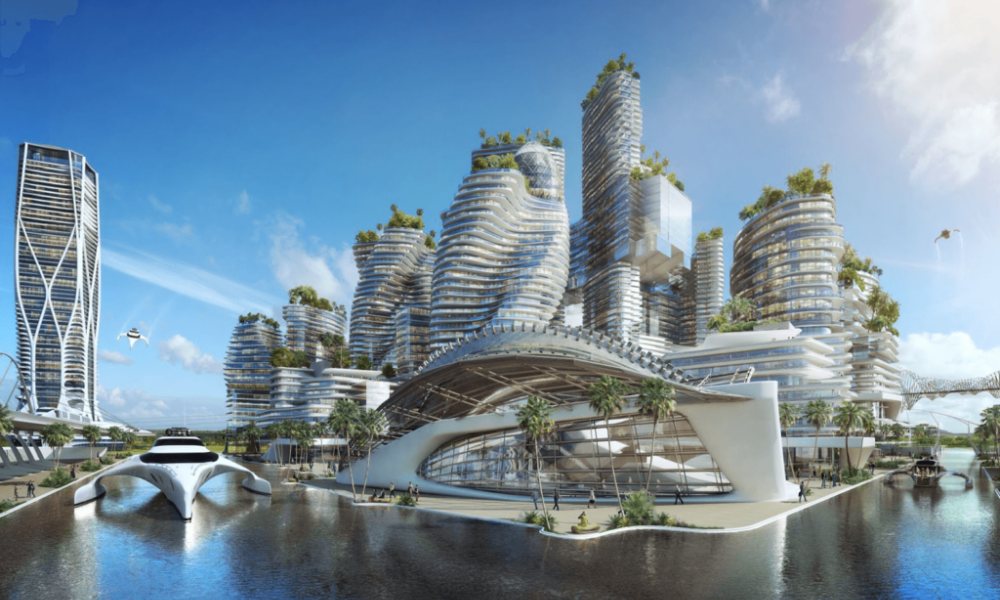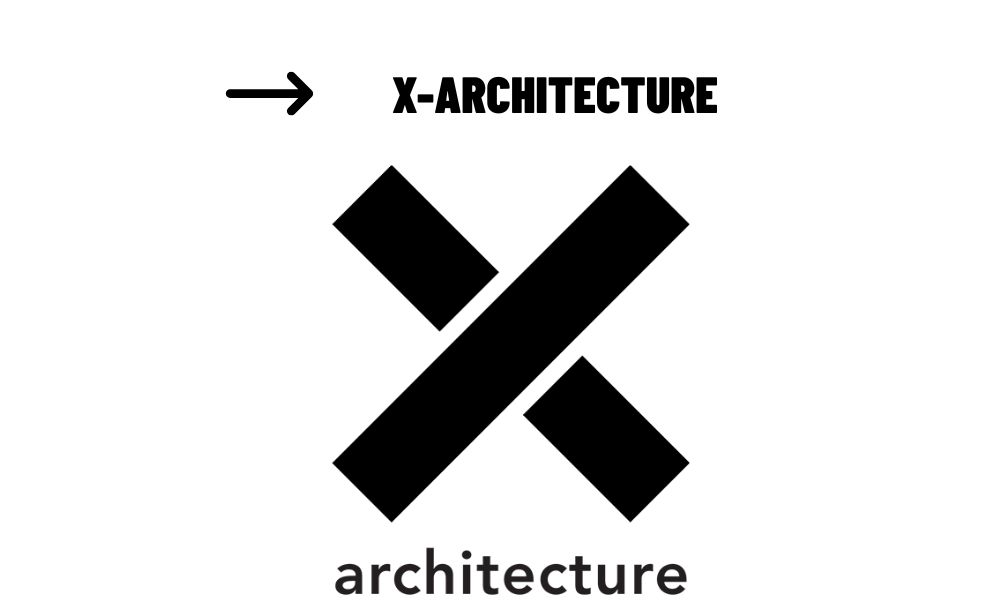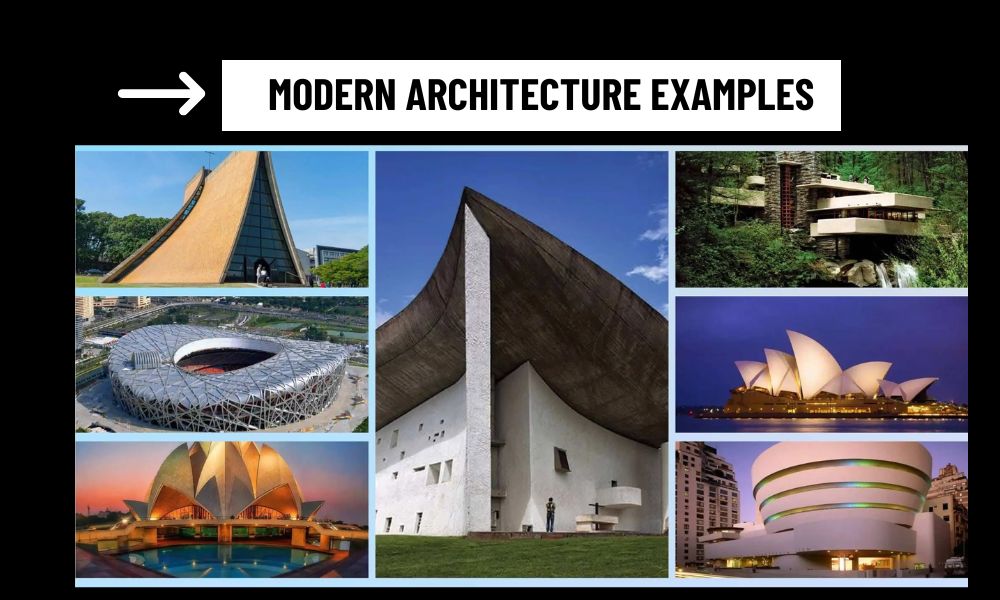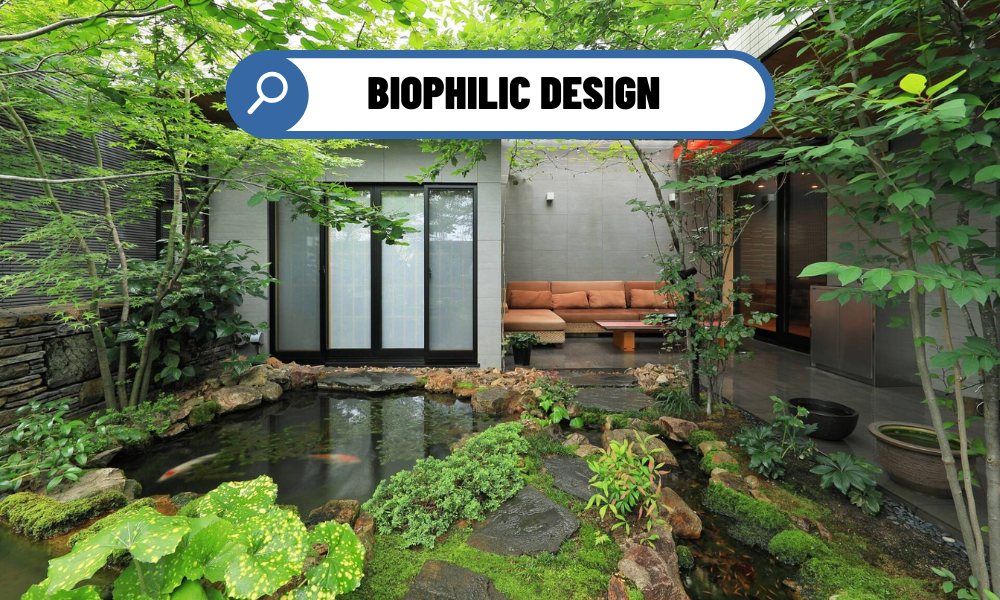The global architectural landscape is being transformed by innovation, necessity, and shifting societal values. From smart cities to 3D-printed homes, future trends in architecture are breaking boundaries and reimagining how we build, live, and interact. This article explores the cutting-edge concepts shaping the next era of architecture.
Contents
Digital Twins and Virtual Architecture
Digital twin technology is among the most influential future trends in architecture. A digital twin is a virtual model of a physical structure that replicates real-time conditions. These models help architects and urban planners simulate and optimize everything from airflow to occupancy.
Digital twins are being deployed at the city level to create more responsive and efficient urban environments. Through data analytics, cities can manage traffic, utilities, and energy more effectively—leading to smarter, more livable places.
Vertical Architecture and Urban Density
As urban space becomes more limited, future trends in architecture are pushing toward vertical development. High-rise buildings are no longer just for offices or residences; they are becoming self-contained ecosystems with schools, shops, gardens, and recreational spaces.
Skyscrapers are also incorporating vertical farms, offering fresh food production within urban centers. This not only reduces transportation emissions but also enhances food security and sustainability.
3D Printing and Robotic Construction
One of the most revolutionary future trends in architecture is 3D printing. From entire houses to intricate facades, 3D printing allows architects to build more efficiently and affordably—especially in low-income or disaster-struck areas.
With additive manufacturing, architects can experiment with forms and textures that were previously unfeasible, ushering in a new era of creative freedom and innovation.

Inclusive and Equitable Design
Inclusivity is a growing priority in modern architecture. Buildings and public spaces are increasingly designed with accessibility in mind—featuring ramps, braille signage, auditory systems, and gender-neutral facilities.
Some of the most promising future trends in architecture include designing for community engagement, affordability, and equity. This includes public housing, shelters, community centers, and culturally sensitive designs that honor diverse user needs.
Climate-Conscious Urban Planning
In an age of rising sea levels and extreme weather, future architects are rethinking site selection, materials, and infrastructure systems. Resilience is no longer optional—it is an integral part of every successful architectural project.
Net-zero architecture—buildings that generate as much energy as they consume—is rapidly becoming a defining goal. These buildings use high-efficiency systems, renewable energy sources, and smart monitoring technologies to minimize environmental impact.
The built environment of the future will look, feel, and function differently than anything we’ve seen before. From digital simulations to vertical forests and robotic builders, future trends in architecture are bold, responsive, and inclusive. The architects of tomorrow will not only design buildings—they will shape the very way we experience life, work, and community.



